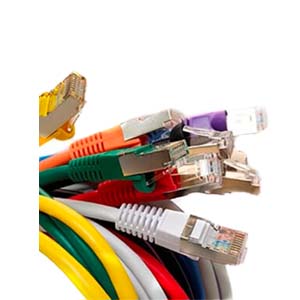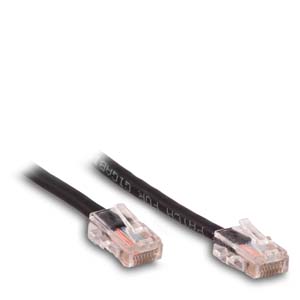Cables Blog
RCA cables: what exactly are they used for?
RCA cables are a staple in many areas of electronics use today. Although their use has diminished to some extent in recent years due to the advent of high definition technology, they are still of great importance across the world's electronics domain. So, how do they work, and what exactly are they used for? Let's get straight to some answers.
by Vikas Dayal • June 08, 2017
RCA cables are a staple in many areas of electronics use today. Although their use has diminished to some extent in recent years due to the advent of high definition technology, they are still of great importance across the world's electronics domain. So, how do they work, and what exactly are they used for? Let's get straight to some answers.
RCA Purpose
RCA cables and their attributed connection style first appeared on the scene in the 1940s and were introduced there by maker Radio Corporation of America. Initially, they were invented and put to use as service points with which service technicians could easily and quickly disconnect or reconnect the wiring of home phonograph systems - the predecessors of today's televisions and radios. The brilliance of these new types of connectors caught on rapidly, and soon, many of the world's electronics would include this component somewhere within their design.
https://en.wikipedia.org/wiki/RCA_connector
Today, the RCA cable is specifically used for the carrying of sound and video from one place to another. You may find this 3-cord, white, red, and yellow plug set at use in the back of televisions, DVD players, VHS systems, and more. But how exactly does it all work?
How They Work
Essentially, each of the three wires in an RCA cord set carries its own specific message from the transmitting device to the receiving device. The red and white wires both carry sound information. Red sends the right-side sound while white sends sound for the left side of speakers or surround sound setups. Finally, the yellow cord is the sole carrier of video data. To truly see the correlation, one can disconnect and reconnect each of these plugs in a working RCA setup and witness the associated losses and gains in video or audio on the receiving devices.
Modern Applications
As aforementioned, RCA use has declined to some degree in recent years due to the introduction of HD systems. This is because the RCA connection cannot carry a standard HD signal. However, despite this development, the use of RCA connections in electronics is still quite popular in many areas of function.
In many DVD players, VHS players, video game consoles, and other connecting electronics, the RCA connection still reigns as the dominant method of connection between the television set, or other displaying device, and the transmitting device. In closed circuit television systems, RCA is also still the favorite. Many security system feeds are run on RCA cable systems. In addition, RCA adapter cables and connectors allow connections between displays such as televisions and devices like computers and cell phones.
So, why is RCA still so commonly used since HD technology burst onto the scene? Reliability and simplicity are the answers. RCA cable setups offer extremely reliable connections. As well, due to the inherent simplicity of their design, they are simple to use and very affordable in comparison to other, current offerings in audio/video transmission wiring.
The Radio Corporation of America had no idea the lasting effect its new RCA cables would have all the way back in the 1940s. Today though, RCA cables still resound as a very solid choice in video and audio transmission wires. These are the basics of RCA cables, how they work, and their uses in electronics today.










